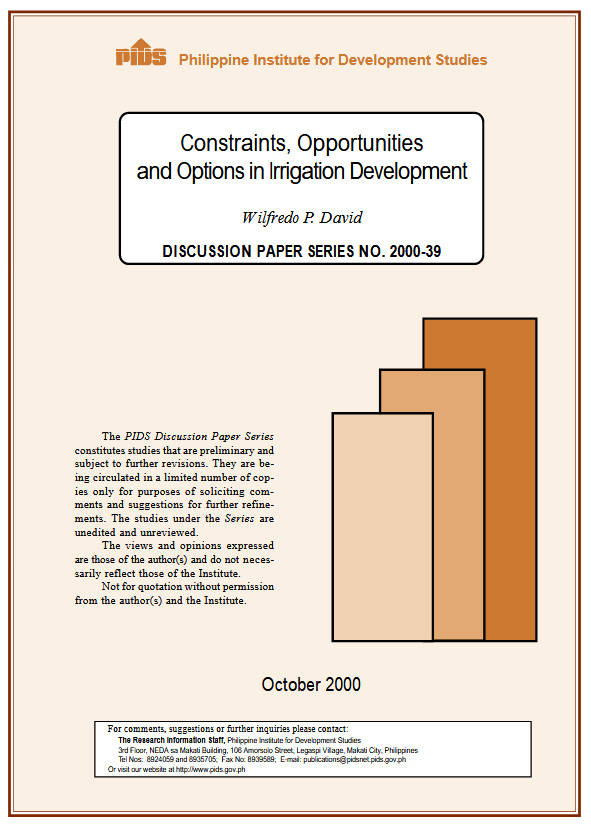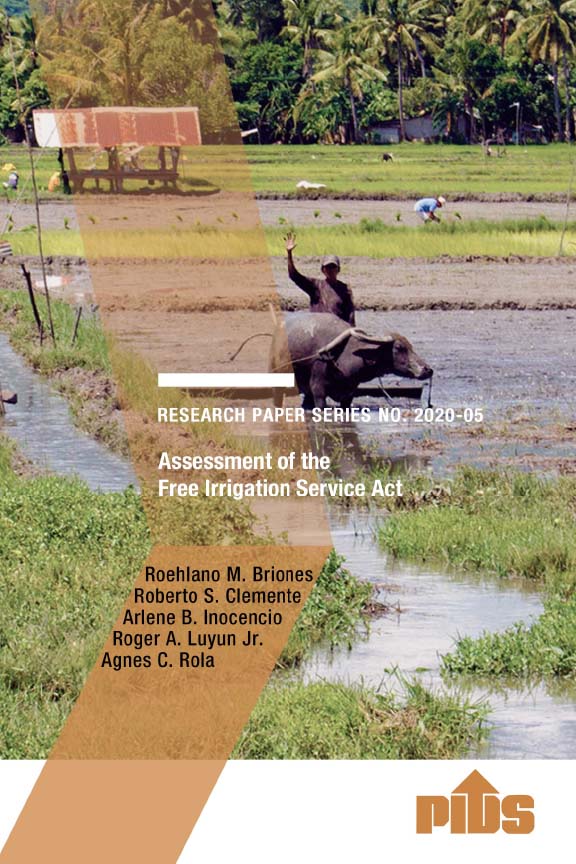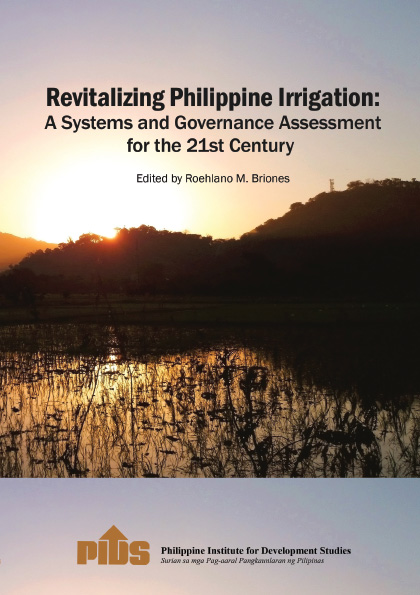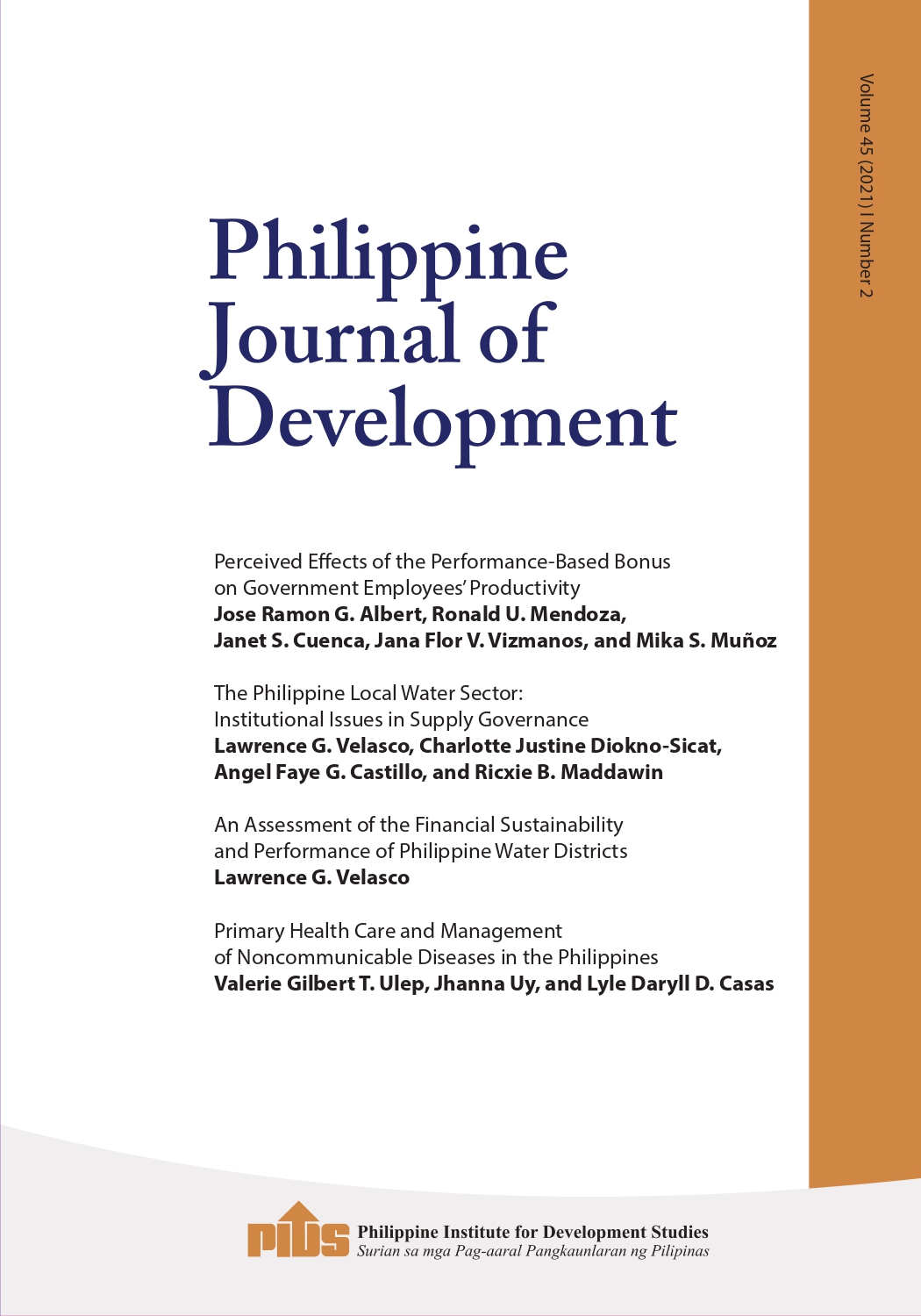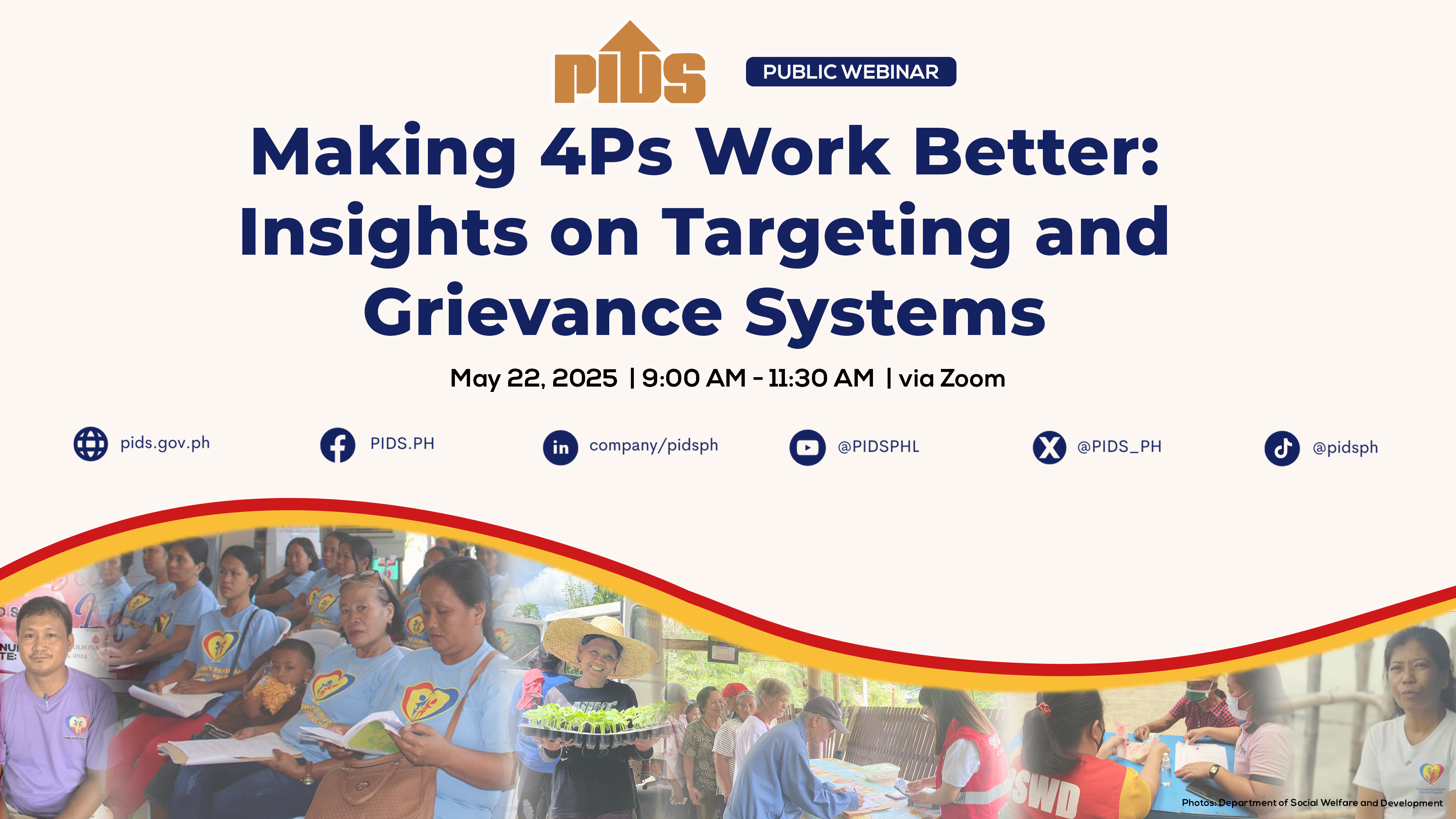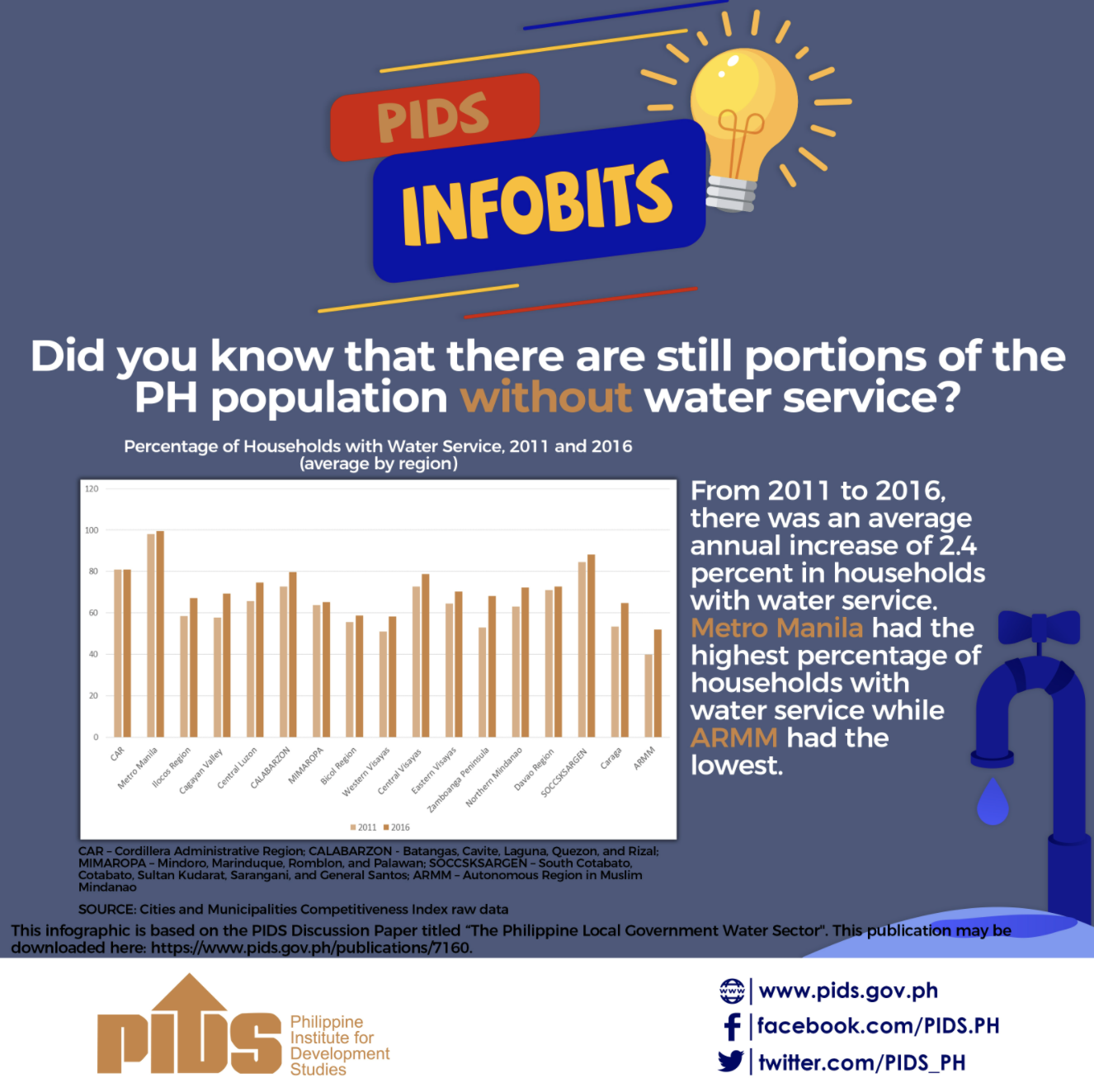There is a dearth of information on the extent of irrigation development in the country. As a result, there has been a great deal of confusion over the statistics on the state of irrigation development. The NIA defines an irrigation service area as an area with irrigation facilities. In reality, the actual area served is much less than the service area. The disturbing implication is that we are very inefficient in the planning and implementation of irrigation projects. This very low actual over design irrigated area ratio is mainly due to design mistakes, unrealistic assumptions during project preparation stage, overlaps in the service areas of various modes of irrigation and inefficiency in the operation and maintenance of irrigation systems. The bulk of the available information presented in this paper show that the country is realizing less than half of potential benefits from irrigation development. There are very alarming indications of decreasing efficiency in the planning and implementation of national irrigation systems (NIS) and communal irrigation systems (CIS) as attractive schemes get fewer and fewer and vital watersheds are increasingly subject to exploitation by an ever increasing population.

